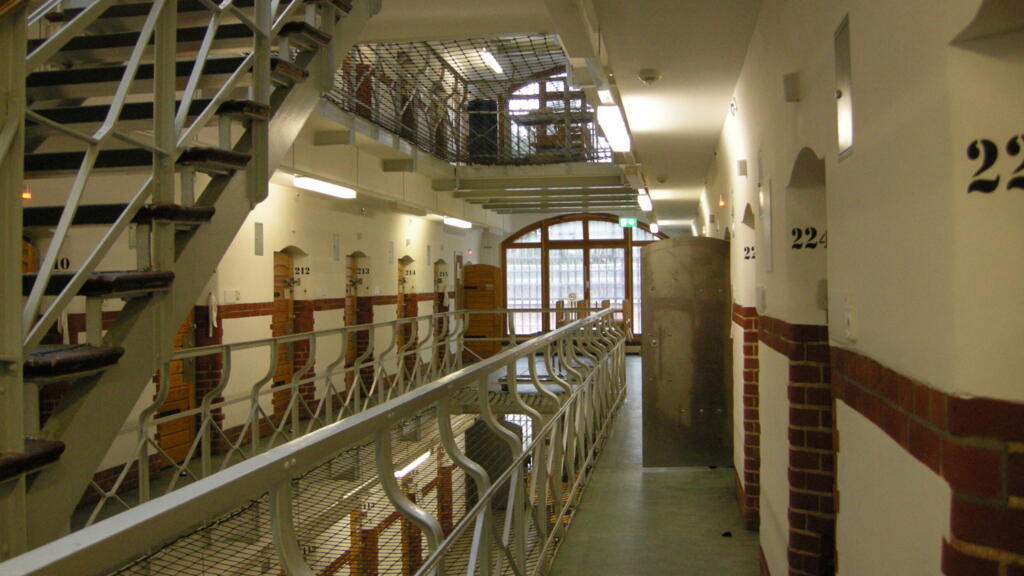Reflecting demographic trends, Germany’s prison population is ageing. The largest unit for senior prisoners in the country is in Bielefeld-Senne, east of Cologne – where inmates live in specially adapted cells and aren’t required to work once they pass retirement age.
Walking into Senne prison, 200 kilometres east of Cologne in western Germany, things look a little different from what you might expect.
Aside from the fact that the prison hall opens directly on to the grounds, if you look closer you’ll notice a lot of grey and white hair.
Just as in the outside world, the prison population in Germany is ageing.
According to a study published in 2022, on Social Care for Older People in German Prisons, “in Germany, the number of prisoners over 60 years of age has quadrupled since the 1990s” – reflecting a wider demographic trend which has seen the percentage of people over 60 in the country’s general population rise from almost 25 percent in 2003 to more than 28 percent in 2018.
France’s ageing population is having fewer babies and living longer than ever
As the study notes: “Prisons were designed with a much younger population in mind and as a result are ill-equipped and ill-prepared to deal with the often complex needs of older people,” citing “victimisation in a system where strength and physical fitness are valued and a ‘macho culture’ prevails” as one such factor.
